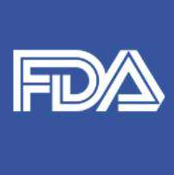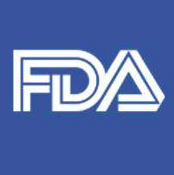This week, the U.S. Food and Drug Administration (FDA) released a new outline of the agency’s comprehensive approach to helping ensure the safety of food imported into the U.S. The document is FDA’s "Strategy for the Safety of Imported Food."
For imported food, the volume and variety of imports and the complexity of global supply chains make food safety a challenging issue to address. Further complicating the issue, some exporting countries may have food safety systems that differ from U.S. food safety systems, and differing levels of regulatory capacity. FDA has been provided with a range of tools and authorities to address the situation both domestically and in the foreign arena. The strategy document released this week describes how FDA is integrating new import oversight tools with existing tools to help ensure that imported food is safe for consumers in the United States.
The strategy is guided by four goals:
- Goal 1: Food Offered for Import Meets U.S. Food Safety Requirements
- Goal 2: FDA Border Surveillance Prevents Entry of Unsafe Foods
- Goal 3: Rapid and Effective Response to Unsafe Imported Food
- Goal 4: Effective and Efficient Food Import Program
This strategy document outlines several methods the agency is using to accomplish these goals including strategies for objectives.
A few facts about food imported into the U.S.:
- The U.S. imports about 15 percent of its overall food supply from more than 200 countries or territories
- The U.S. received 13.8 million food shipments in 2018. Between 14-15 million are expected in 2019.
- 55 percent of fresh fruit in the U.S. comes from other countries
- 32 percent of vegetables in the U.S. come from other countries
- 94 percent of seafood consumed in the U.S. comes from other countries
According to FDA, “the U.S. food supply is among the safest in the world.”
Sign up for Food Safety Magazine’s bi-weekly emails!
Subscribe to our podcast: Food Safety Matters!



